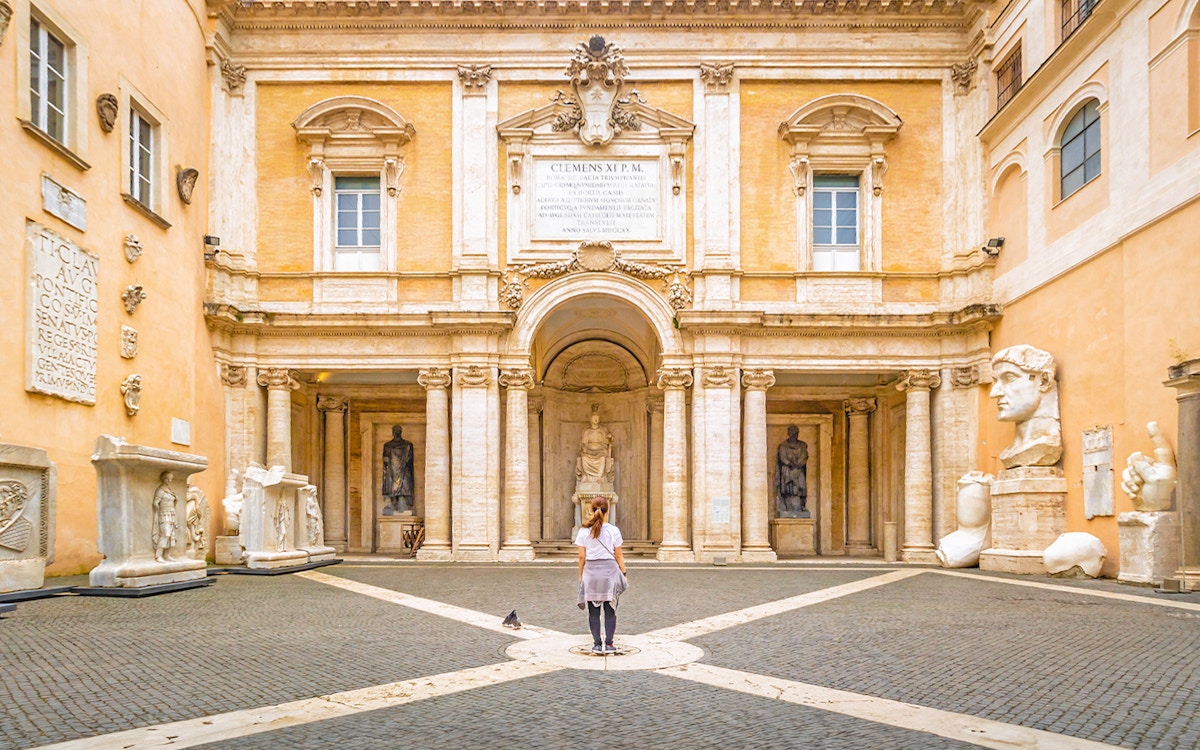Daily: 9:30am to 7:30pm
December 24 and December 31: 9:30am to 2pm
Last entry: An hour before closing time.
Closed: May 1 and December 25.
Best time to visit: Sunsets are beautiful at the Capitoline Museums, and you might want to catch them. In the summer, sunset is later (around 8:30pm), so you might want to plan your visit closer to 6pm. In the winter, when the sun sets earlier (around 5pm), an entry time of around 3pm would work best. Another great time to visit the Capitoline Museums, considering weather, is during the spring (April to June) and early autumn (September to October). During these months, Rome experiences pleasant, mild temperatures.

